Researchers have developed FerroX, a new open-source, 3D simulation framework that could advance record-breaking energy efficiency in microelectronics by unveiling the microscopic origins of a physical phenomenon called negative capacitance in ferroelectric thin films.
Tag: NERSC
How Scientists Are Accelerating Chemistry Discoveries With Automation
Researchers have developed an automated workflow that could accelerate the discovery of new pharmaceutical drugs and other useful products. The new approach could enable real-time reaction analysis and identify new chemical-reaction products much faster than current laboratory methods.
How Scientists Are Accelerating Next-Gen Microelectronics
In a new Q&A, microelectronics expert and CHiPPS Director Ricardo Ruiz shares his perspective on keeping pace with Moore’s Law in the decades to come through a revolutionary technique called extreme ultraviolet lithography.
On the Road to Better Solid-State Batteries
A team from Berkeley Lab and Florida State University has designed a new blueprint for solid-state batteries that are less dependent on specific chemical elements. Their work could advance efficient, affordable solid-state batteries for electric cars.
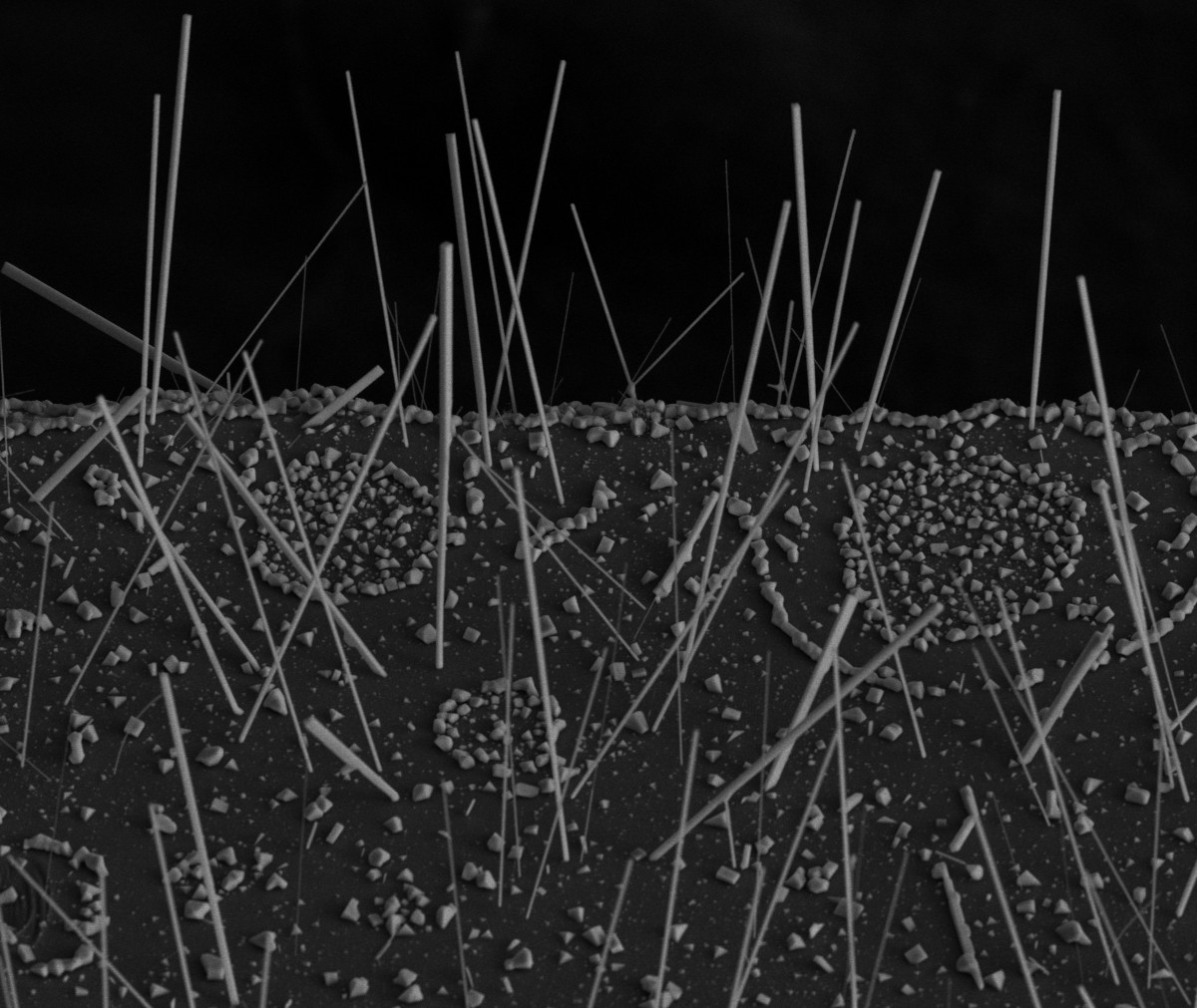
Scientists Grow Lead-Free Solar Material With a Built-In Switch
A lead-free solar material developed by Berkeley Lab scientists offers a simpler and more sustainable approach to solar cell manufacturing. The advance could also benefit halide perovskites, a promising solar technology that requires much less energy to manufacture than silicon.
How to catch a perfect wave: Scientists take a closer look inside the perfect fluid
Scientists have reported new clues to solving a cosmic conundrum: How the quark-gluon plasma – nature’s perfect fluid – evolved into the building blocks of matter during the birth of the early universe.

Science Snapshots From Berkeley Lab – Week of March 29, 2021
India’s Ambitious Clean Energy Goals, a Secret Pathway to Harnessing the Sun for Clean Energy, and a Supersmart Gas Sensor for Asthmatics
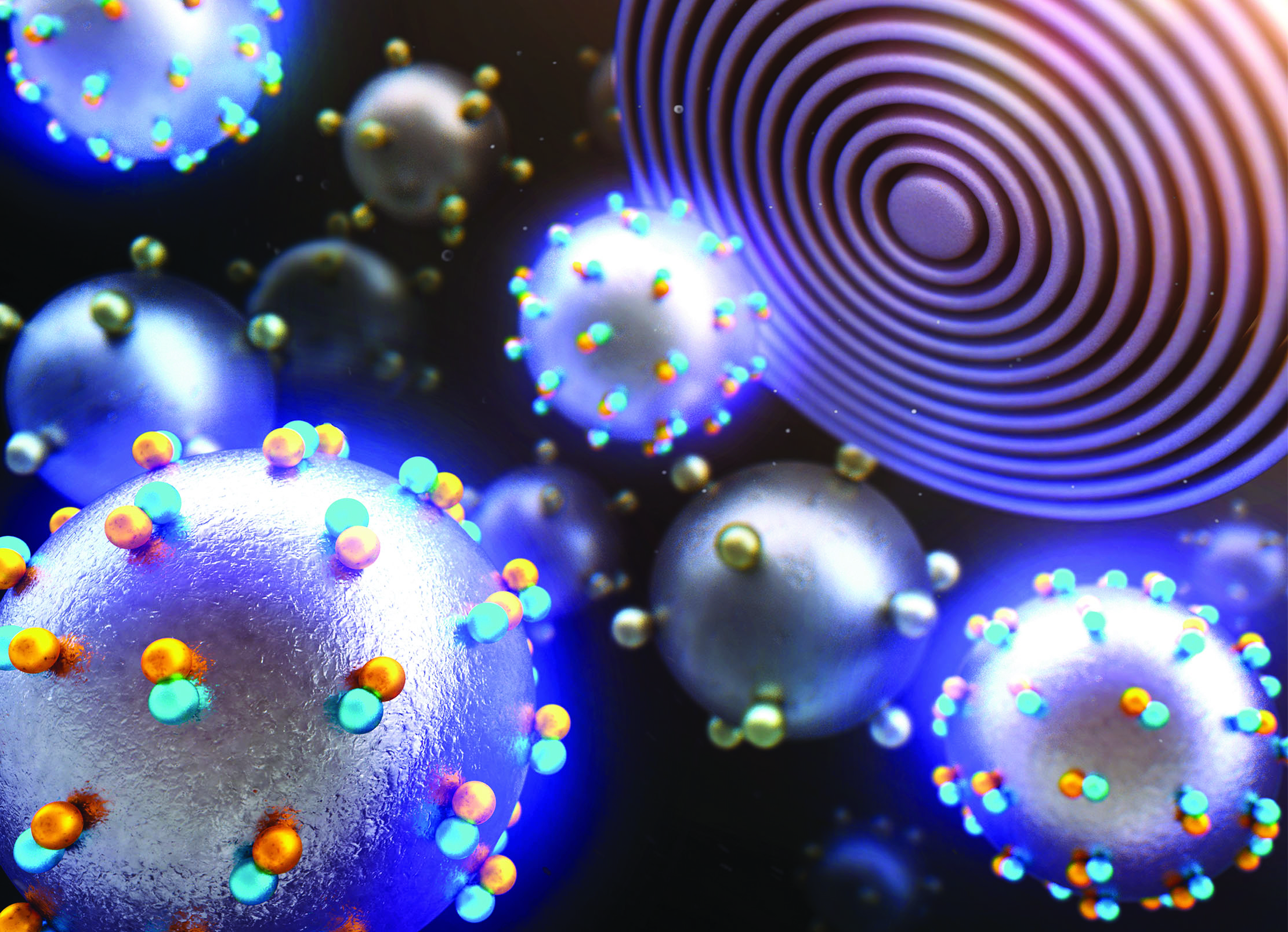
A COSMIC Approach to Nanoscale Science
COSMIC, a multipurpose X-ray instrument at Berkeley Lab’s Advanced Light Source, has made headway in the scientific community since its launch less than 2 years ago, with groundbreaking contributions in fields ranging from batteries to biominerals.
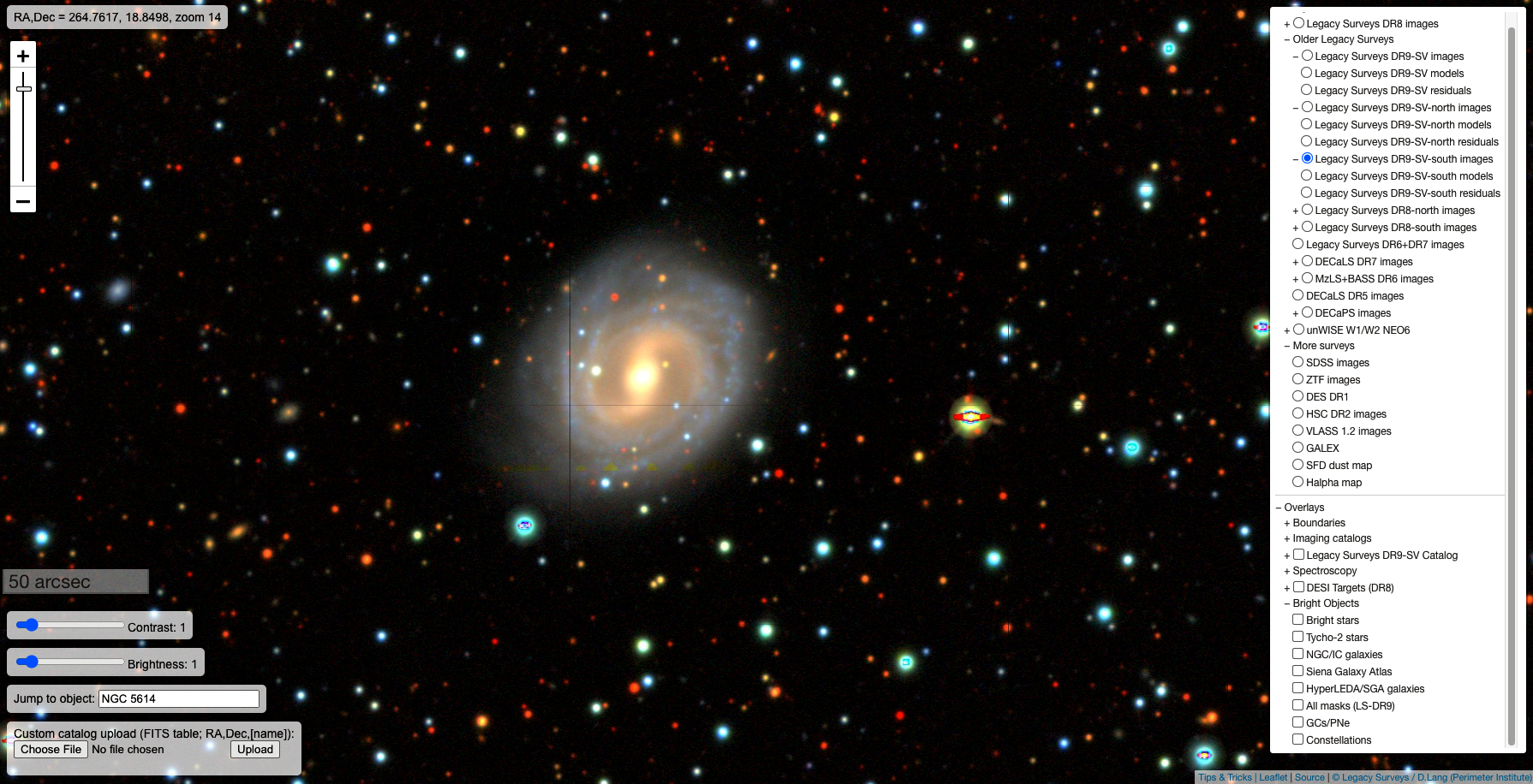
Building a Giant 2D Map of the Universe to Prepare for the Largest 3D Map
Before DESI, the Dark Energy Spectroscopic Instrument, can begin its 5-year mission from an Arizona mountaintop to produce the largest 3D sky map yet, researchers first needed an even bigger 2D map of the universe.
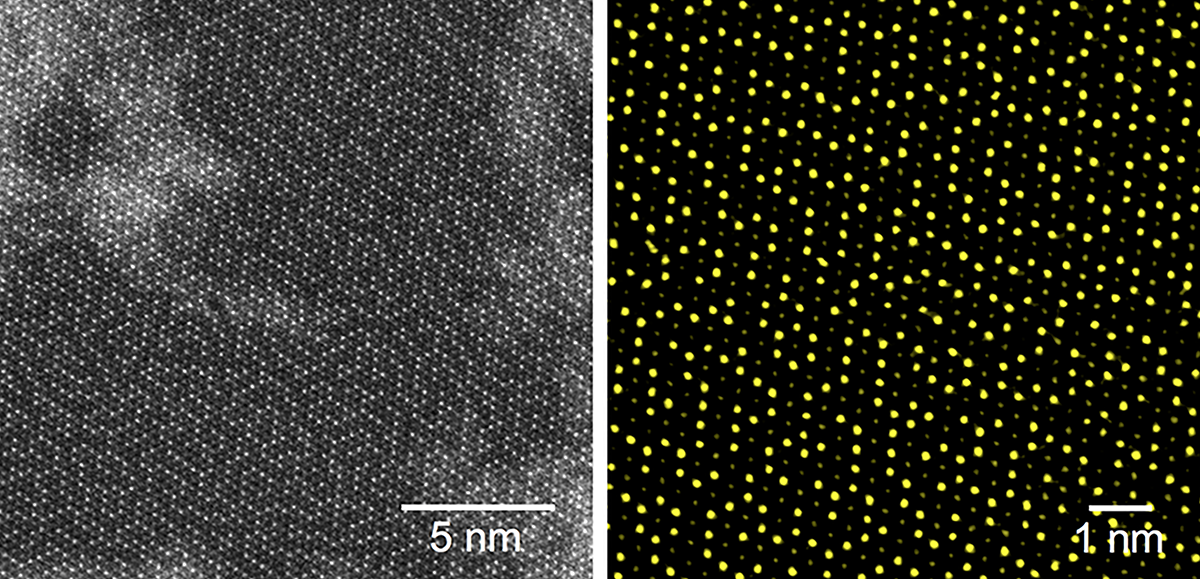
2D Electronics Get an Atomic Tuneup
Scientists at Berkeley Lab have demonstrated a new technique that could improve the performance of atomically thin semiconductors for next-generation electronics such as optoelectronics, thermoelectrics, and sensors.
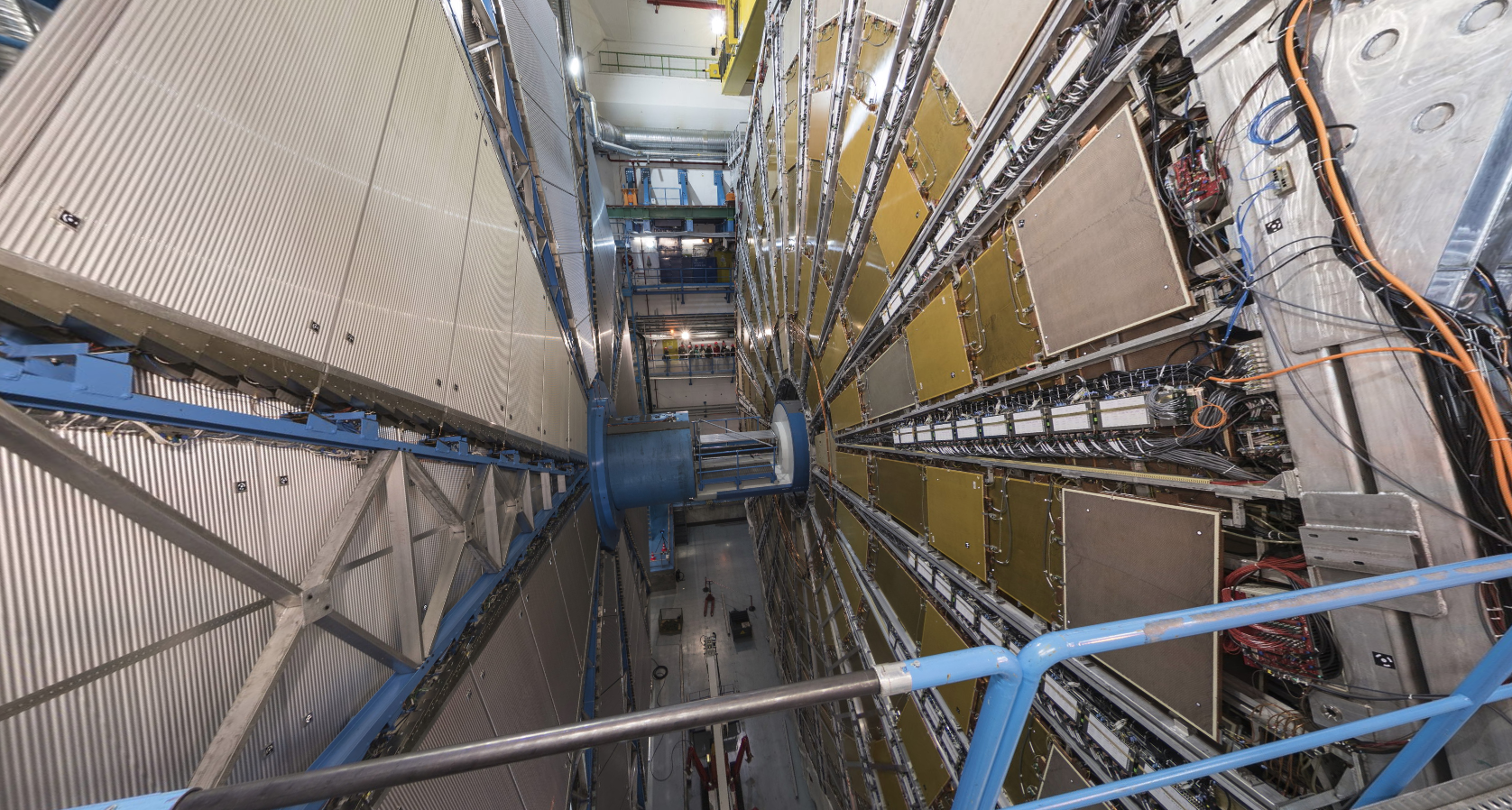
In International Physics Collaborations, Working Remotely Is Nothing New
Marjorie Shapiro, an experimental particle physicist and faculty senior scientist at Berkeley Lab, has been accustomed to working remotely and observing extreme social distancing from some colleagues for years, given that the scientific experiment she supports is 5,800 miles away.
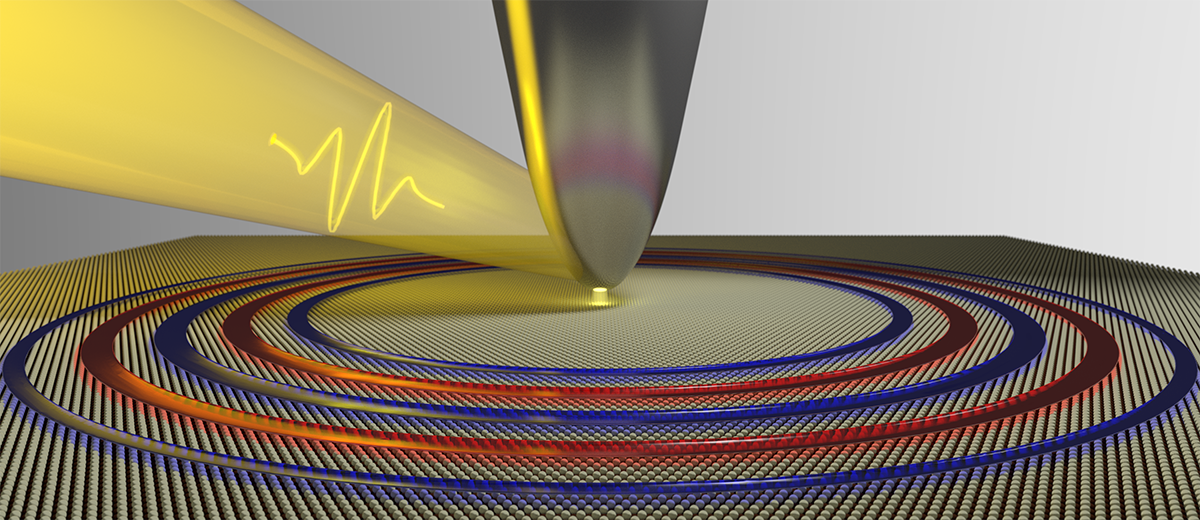
Making Quantum ‘Waves’ in Ultrathin Materials
A team of researchers co-led by Berkeley Lab has observed unusually long-lived wavelike electrons called “plasmons” in a new class of electronically conducting material. Plasmons are very important for determining the optical and electronic properties of metals.
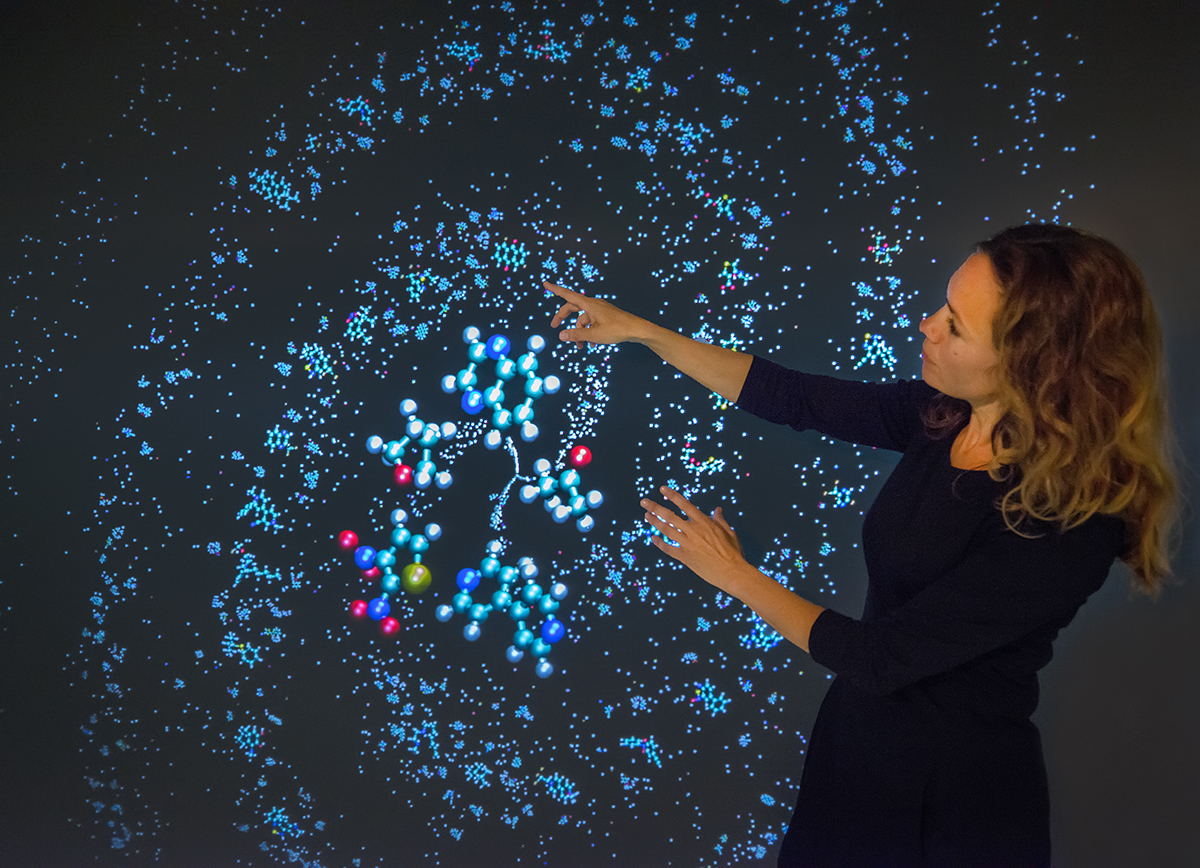
Making a Material World Better, Faster Now: Q&A With Materials Project Director Kristin Persson
Berkeley Lab’s Kristin Persson shares her thoughts on what inspired her to launch the Materials Project online database, the future of materials research and machine learning, and how she found her own way into a STEM career.
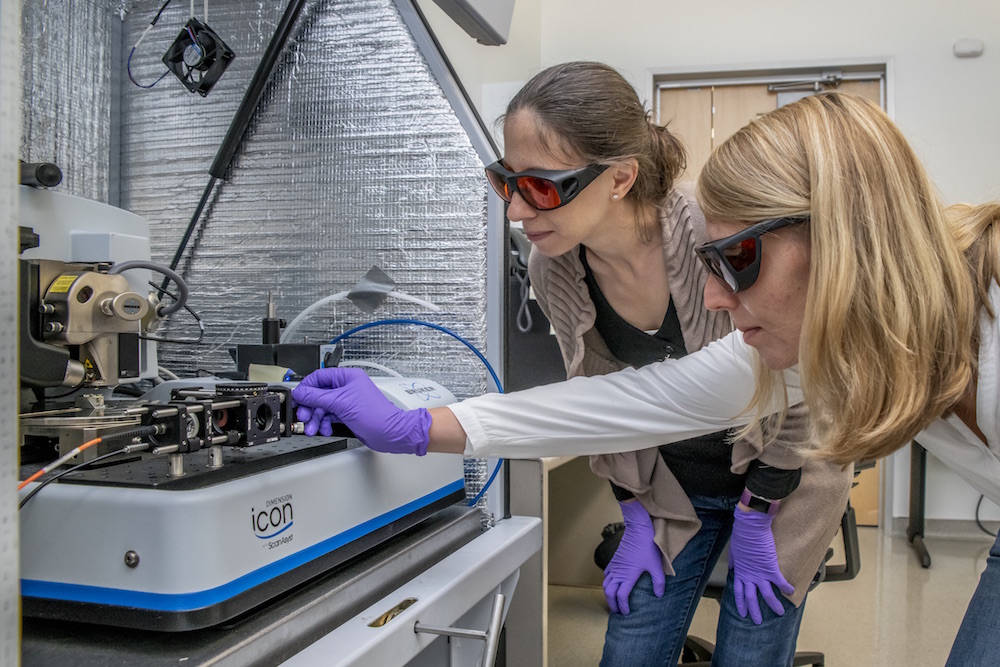
How JCAP Is Making Solar Fuels Shine
As we look back at a decade of discovery, we highlight 10 achievements by scientists at Berkeley Lab and the Joint Center for Artificial Photosynthesis that bring us closer to a solar fuels future.
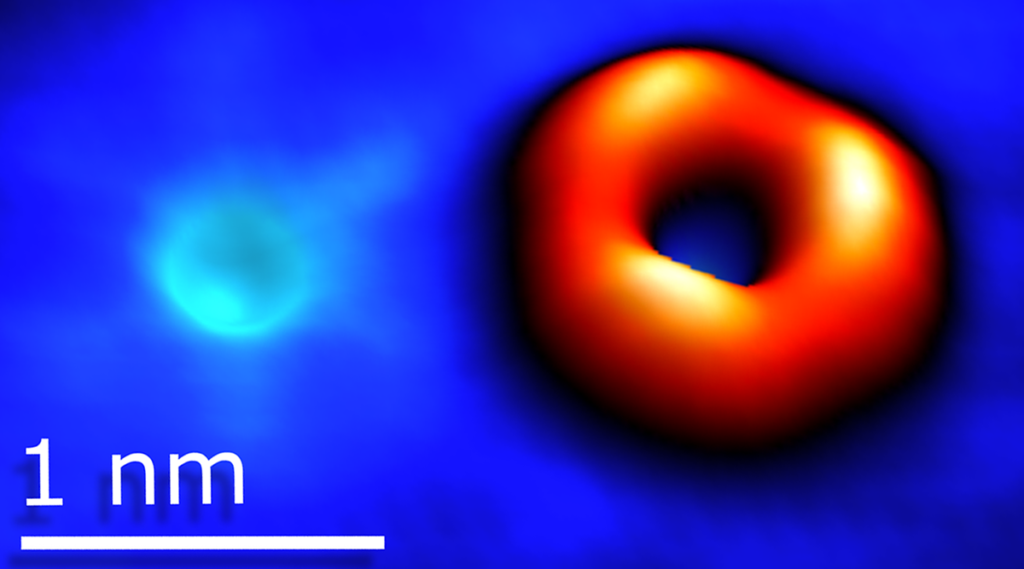
The Beauty of Imperfections: Linking Atomic Defects to 2D Materials’ Electronic Properties
Scientists at Berkeley Lab have revealed how atomic defects emerge in transition metal dichalcogenides, and how those defects shape the 2D material’s electronic properties. Their findings could provide a versatile yet targeted platform for designing 2D materials for quantum information science.
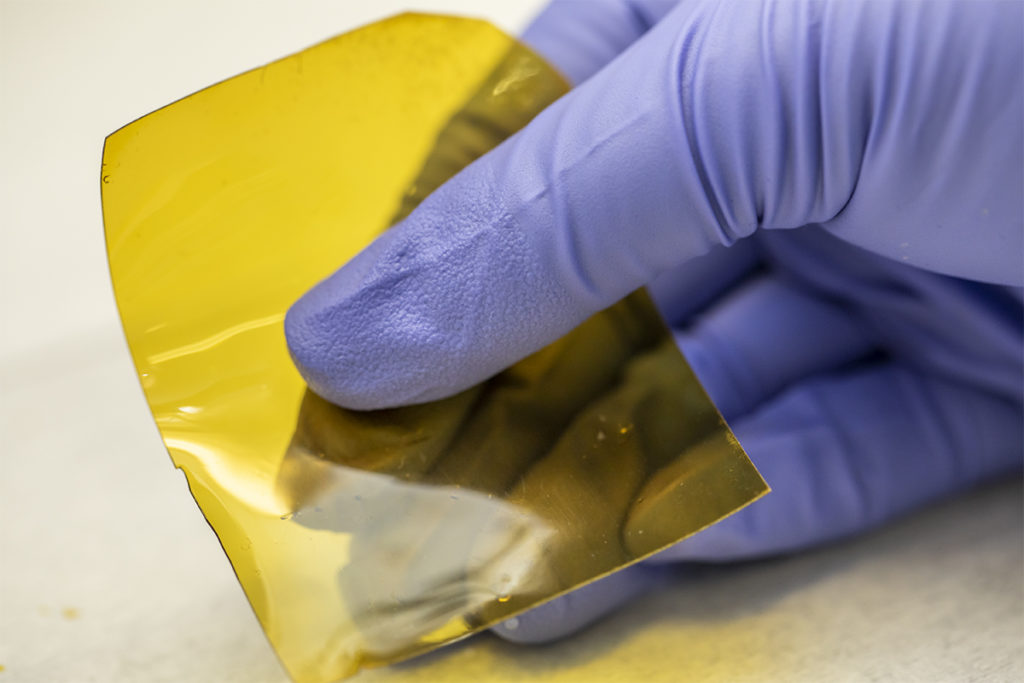
Go With the Flow: Scientists Design New Grid Batteries for Renewable Energy
Scientists at Berkeley Lab have designed an affordable ‘flow battery’ membrane that could accelerate renewable energy for the electrical grid.

Living on the Edge: How a 2D Material Got Its Shape
A team of scientists led by the Department of Energy’s Lawrence Berkeley National Laboratory (Berkeley Lab) has gained valuable insight into 3D transition metal oxide nanoparticles’ natural “edge” for 2D growth.
Mineral Discovery Made Easier: X-Ray Technique Shines a New Light on Tiny, Rare Crystals
Berkeley Lab scientists participate in the discovery of ognitite; other candidate new-mineral studies in progress Like a tiny needle in a sprawling hayfield, a single crystal grain measuring just tens of millionths of a meter – found in a borehole sample…